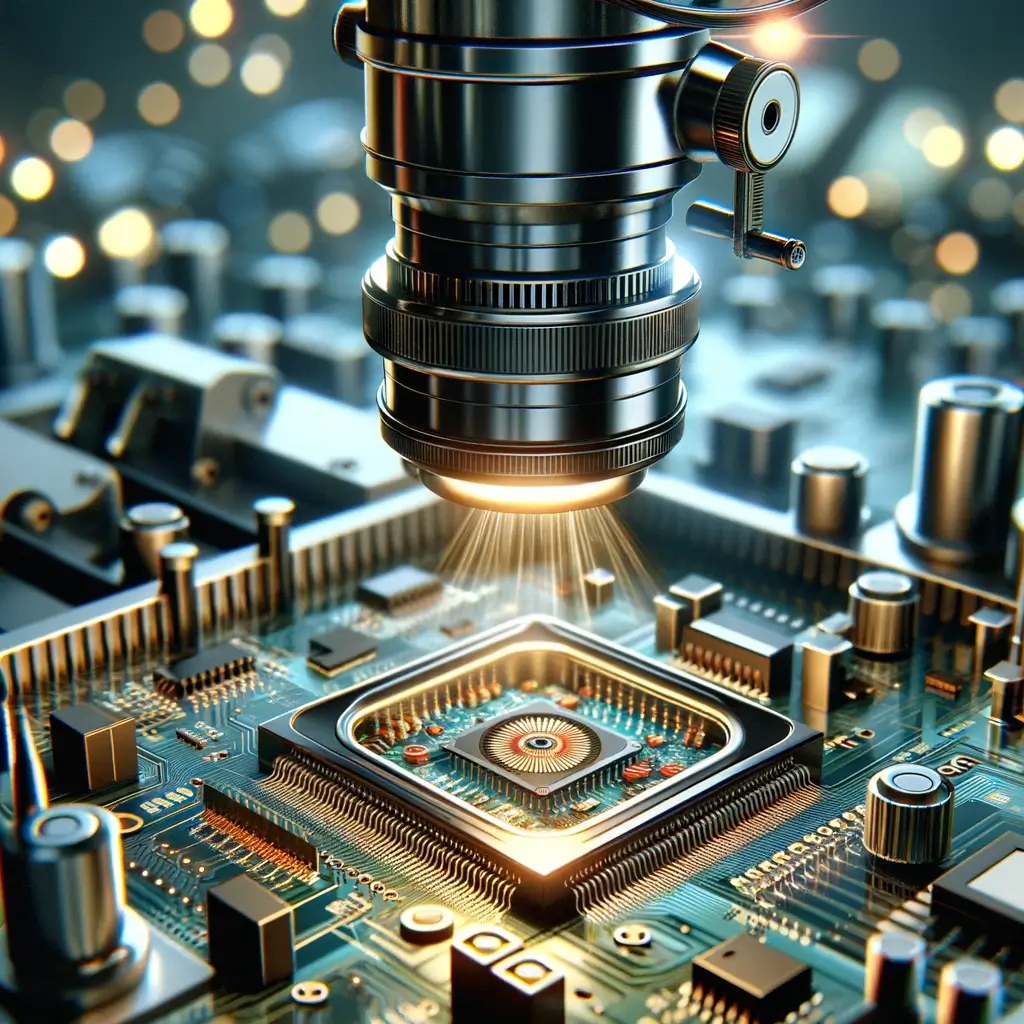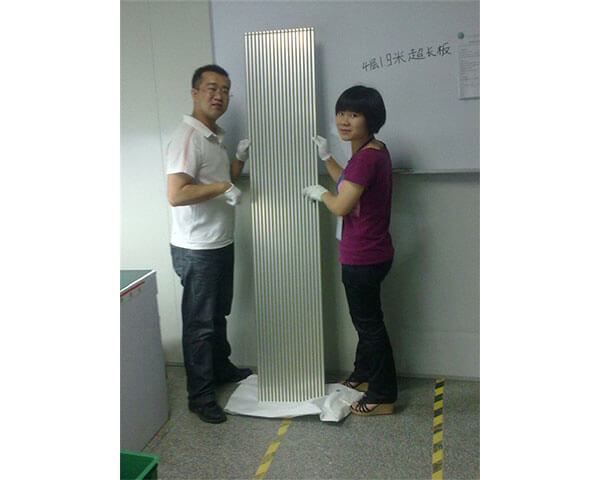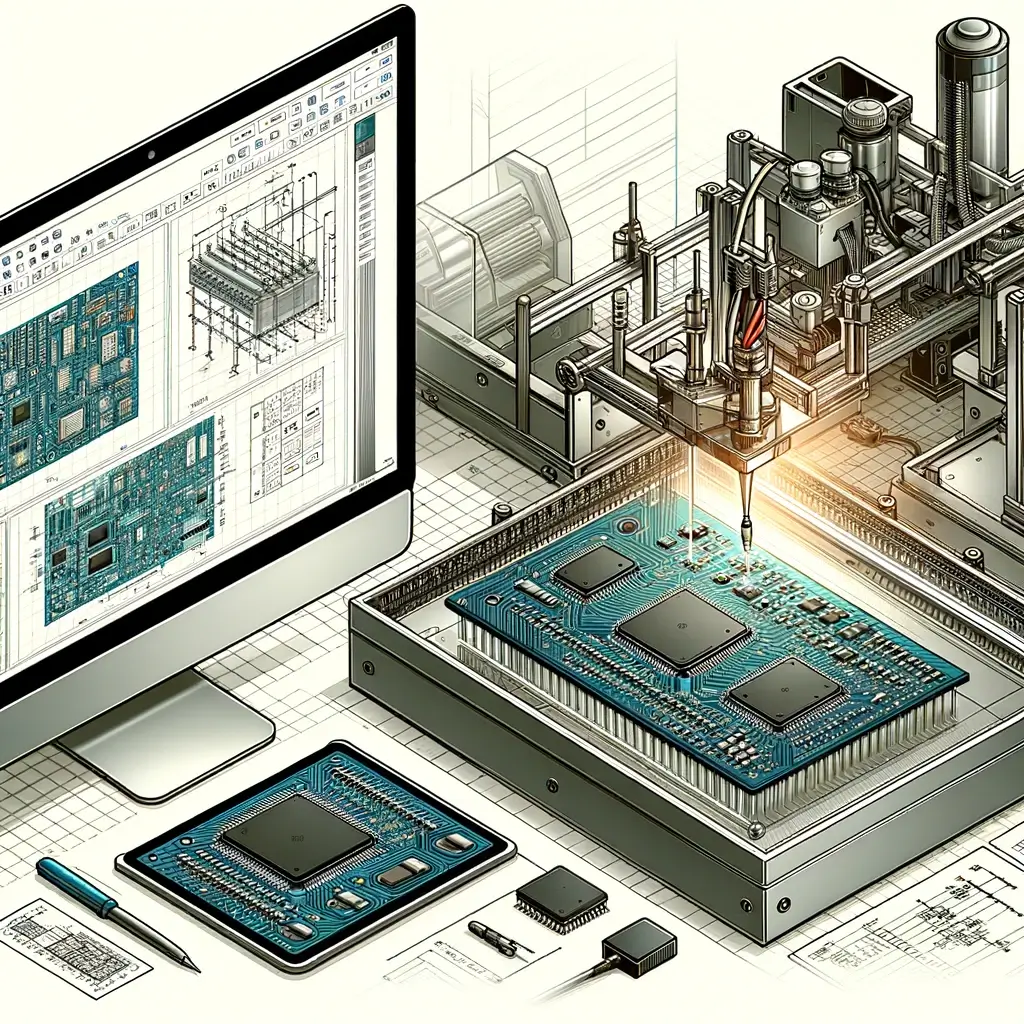Short and Abbreviated Definition of High-Density Interconnect PCB
1. Introducing High-Density Interconnect PCBs (HDI PCB)
High-Density Interconnect PCBs, or HDI PCBs for short, are the newest innovation in the printed circuit board industry. These tiny but mighty boards have more complex circuits, better heat dissipation, and a higher component count than traditional PCBs. Their secret lies in their density interconnect design, which allows components to be packed tightly together without compromising their performance. HDI PCBs are an excellent choice for smartphones, laptops, and other small devices that require high-performance circuitry within a small space. Their efficiency and customization options also make them great for automotive, aerospace, and medical applications. Overall, HDI PCBs are revolutionizing the electronics industry and we can’t wait to see what the future holds for these cutting-edge circuit boards.
2. What is HDI PCB and why it is important
HDI PCB, or High-Density Interconnect PCB, is a type of printed circuit board that boasts an impressively high level of circuitry density. This means that the board can fit more components into a smaller space, which is crucial for technologically advanced devices that must be small and lightweight.
HDI PCB technology has many advantages over traditional PCBs, including faster transmission speeds, lower energy consumption, improved performance, and increased reliability. Its importance lies in the fact that it allows PCB designers to create thinner, more complex boards that can perform at a higher level, ultimately leading to better, more advanced products across a range of industries.
Whether you’re a consumer looking for cutting-edge technology or an engineer designing the next generation of electronics, HDI PCB is a crucial piece of the puzzle.
3. Advantages of HDI PCB over traditional PCBs
In today’s world, where electronic devices are present in almost every aspect of our lives, the demand for high-performance circuit boards is higher than ever.
This is where High Density Interconnect (HDI) PCBs come in. They offer various advantages over traditional PCBs, from their compact size to their improved performance.
Due to their smaller size, HDI PCBs enable the designers to pack more components within a smaller footprint, increasing the density and reducing the overall weight of the device.
Additionally, the shorter interconnection between components in HDI PCBs results in a faster signal transfer and reduced EMI emissions.
All in all, the advantages of HDI PCBs over traditional PCBs make them an ideal choice for devices that require high-density interconnections while maintaining optimal performance.
4. Design Requirements for HDI PCBs
When it comes to designing High Density Interconnect PCBs, careful attention must be paid to every single component. These HDI boards are not just another electronic circuit board. They pack in a lot of functionality in a small size, which means that every detail matters.
From copper routing to choosing the right materials, design requirements for HDI PCBs are crucial. Minimizing signal loss and interference, maximizing thermal management, and ensuring reliability are all key factors that should go into every HDI PCB design.
In this way, engineers can create complex and reliable products that meet the needs of today’s electronics industry.
5. Construction Techniques for HDI PCBs
The demand for advanced electronics has led to the development of High-Density Interconnect (HDI) PCBs. These boards are designed with smaller and finer traces, which allow for more densely packed components. The construction techniques for HDI PCBs are unique and require special attention. The manufacturing process often involves sequential layering, laser drilling, and micro-via technology to achieve the desired level of density.
As a result, these boards are highly reliable and efficient, making them ideal for high-performance applications like smartphones and tablets. Overall, HDI PCBs offer a sophisticated solution for those looking for advanced circuit board technology.
6. Manufacturing Processes and Quality Control Practices for HDI PCBs
The world of electronics is rapidly evolving, and with it comes a demand for more technologically advanced components. One of the most significant advancements in recent years has been the development of HDI PCBs – a type of circuit board that uses advanced manufacturing processes to create a denser layout for smaller, more compact devices. However, achieving the high level of precision required for these boards is no easy feat.
In order to ensure that every HDI PCB meets the highest standards for quality and performance, manufacturing companies must employ rigorous quality control practices throughout every step of the manufacturing process.
From initial design to final inspection and testing, attention to detail is paramount in creating HDI PCBs that are truly cutting-edge.
A few Advanced Capabilities ofHigh Density Interconnect PCB:
1. Multilayer copper filled stacked micro via structure
2. 1.2/1.2 mil line/space
3. Wide material and surface finish selections
4. Complex rigid-flex HDI products
5. Any layer HDI
6. 3/9 mil laser via capture pad size
7. Embedded distributed and discrete passive components
In this era of technology, the interconnect PCB device is used in main components of computers,mobile phones and personal digital assistants as well. One of the best things that make people using the device for more efficient work is excellent function at dramatically reduced cost. The interconnect PCB device is a cost-efficient device these days. More use of technological devices for personal as well as professional perspective has made increase in demand of this PCB device. Presently, the use of the device is not limited up to the mobile phones only, but HDI PCB is also widely used in wide spectrum of some other consumer products like game consoles and MP3, etc.



